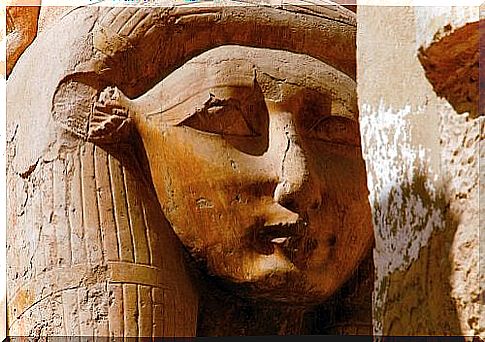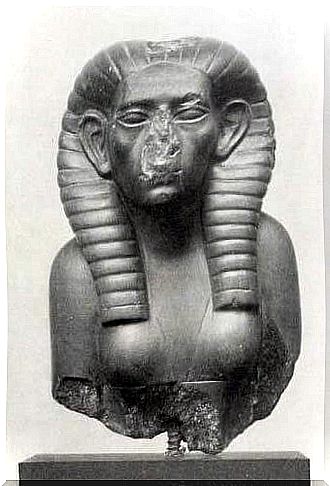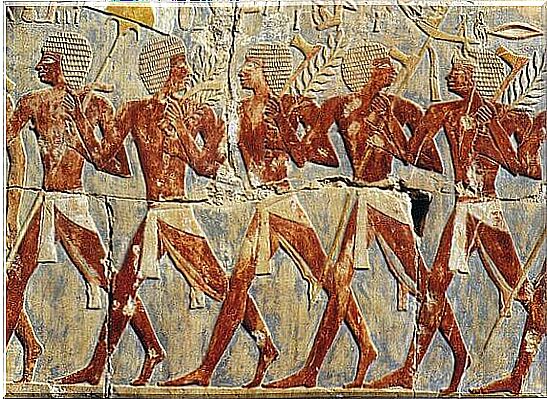Sobekneferu: The First Female Pharaoh

Sobekneferu was the first female pharaoh in ancient Egypt. Her name can be translated to “Sobek’s beauty”. The life of Sobekneferus was filled with amazing and shocking events that are truly inspiring. After all, she was an inspiring woman because she took over a position of power that was previously held solely by men.
Sobekneferu used his strong personality and determination, his sharp intellect and his tactical knowledge. She was a pioneering regent and worked hard to win the respect of her people, as she came over the position of power largely by pure chance.

All about Sobekneferu
Sobekneferu was the last regent to rule during Egypt’s twelfth dynasty. Her older sister, Neferuptah, was the one who should have inherited the throne. But that did not happen because she died before their father, Amenemhat the Third, passed away.
Sobekneferu ruled for three years and ten months. Her achievements in architecture became very prominent in ancient Egypt. Some of these included Amenemhat the Third Funeral Building, also known as the “Herodotus Labyrinth”, as well as buildings in Heracleopolis Magna.
Old hieroglyphs tell of her perseverance. Her courage, strong character and intelligence made her one of the best rulers of ancient Egypt.

What was so special about her?
Sobekneferu did not conform to ancient Egyptian rules regarding gender roles. Although she is often depicted in male clothing, she used female pronouns in her titles. Not all female rulers did that. Therefore, we can see that several of her portraits and statues show her with unusual clothes and symbols of power. She tried to normalize that women could assume high social positions and tried to equate male and female symbols.
Sobekneferu probably tried to pretend to be a man. In ancient Egypt, being a woman was shameful. It is likely that her efforts to feminize old symbols were a way for her to silence those who were critical of her. In ancient Egypt, men were considered to be taller than women.
Thus, the mixture of male and female symbols was probably a way to maintain the image of the classic and venerable pharaoh, but with the added bonus of being a woman. She is an example of strength and perseverance in the fight for gender equality. We can all be rulers in our own lives – masters of our own destiny.
Like Sobekneferu, a strong will to succeed is all we need to write history.









